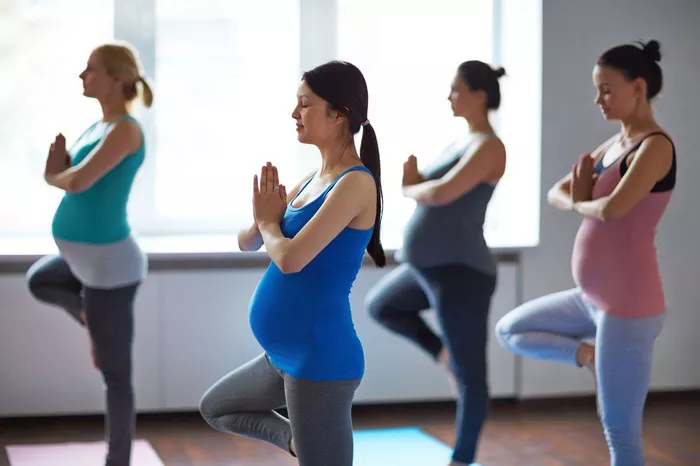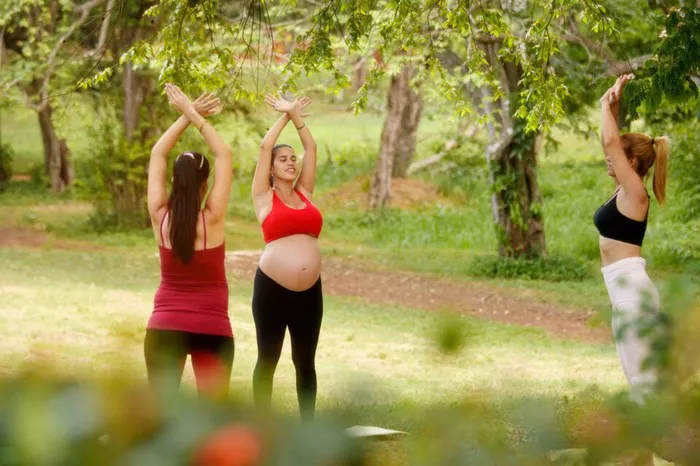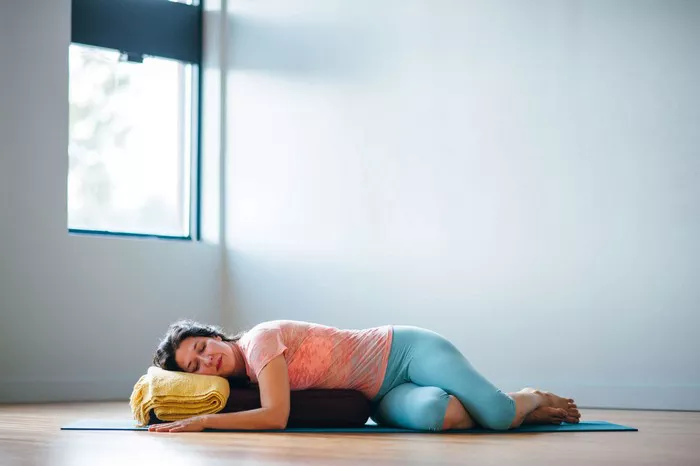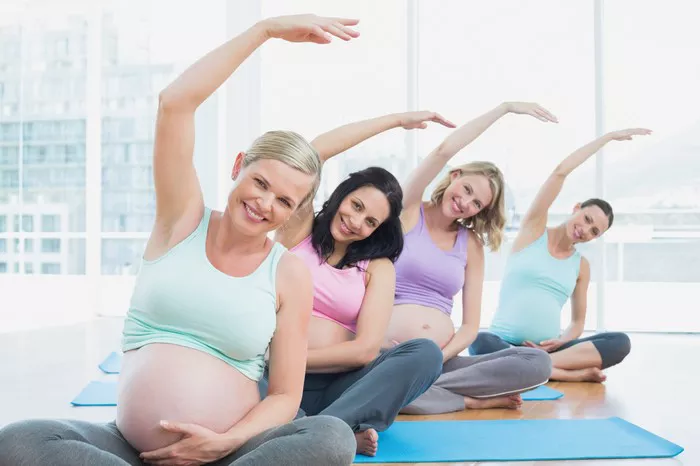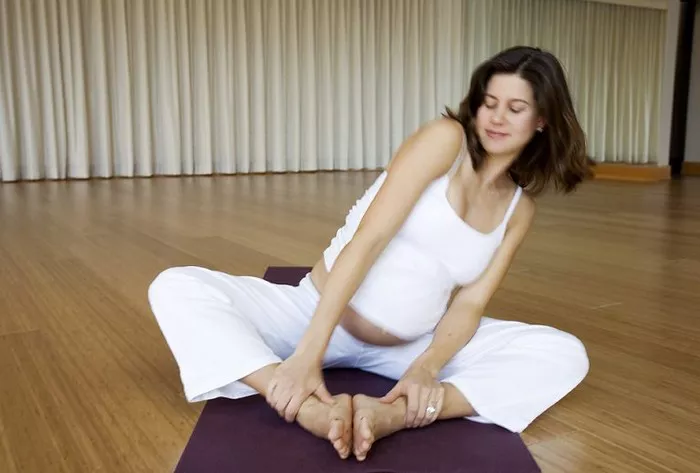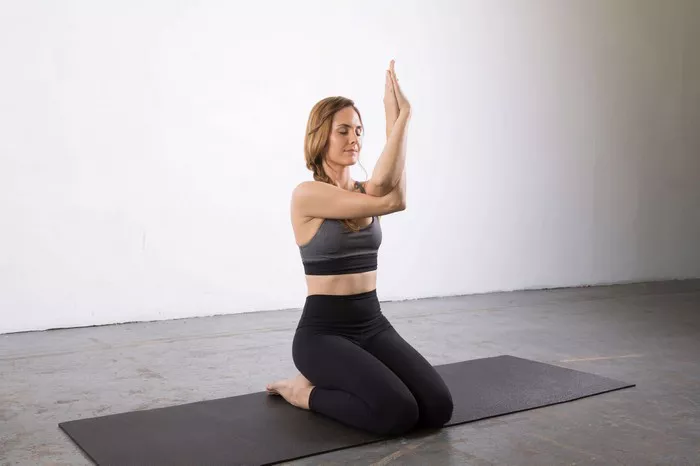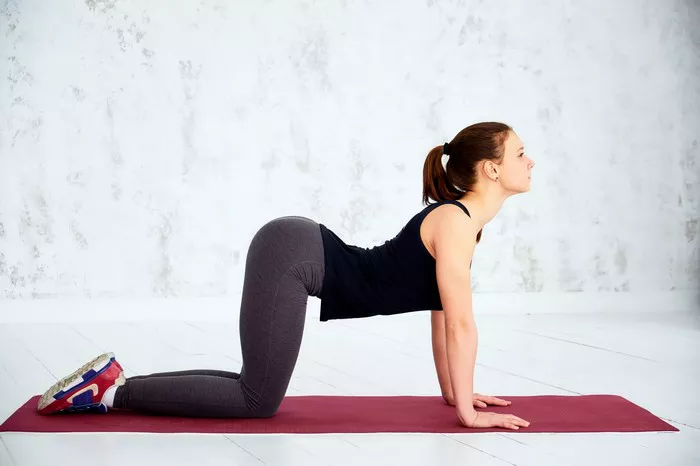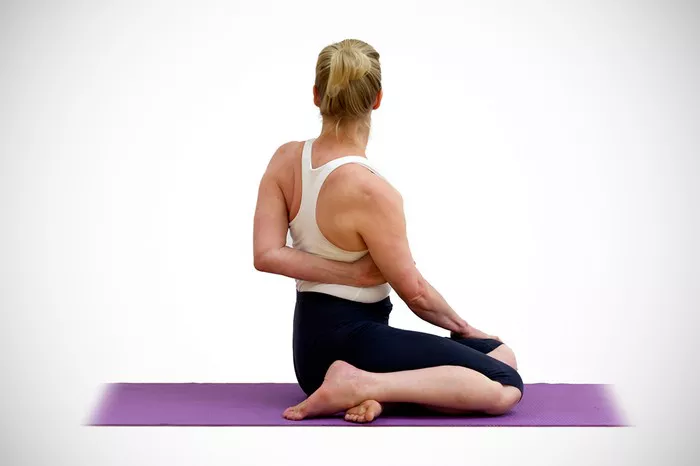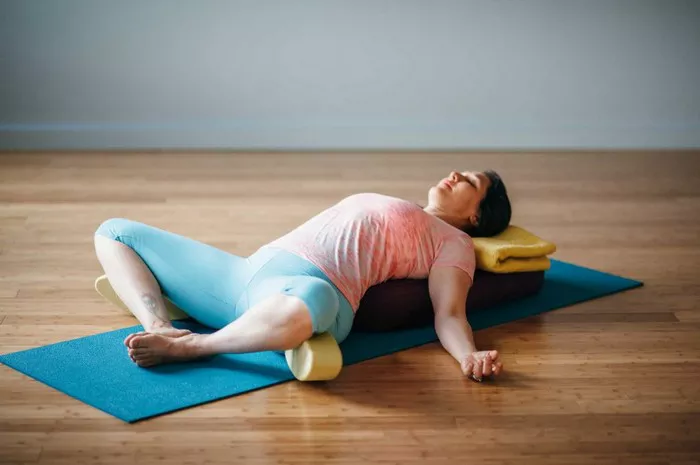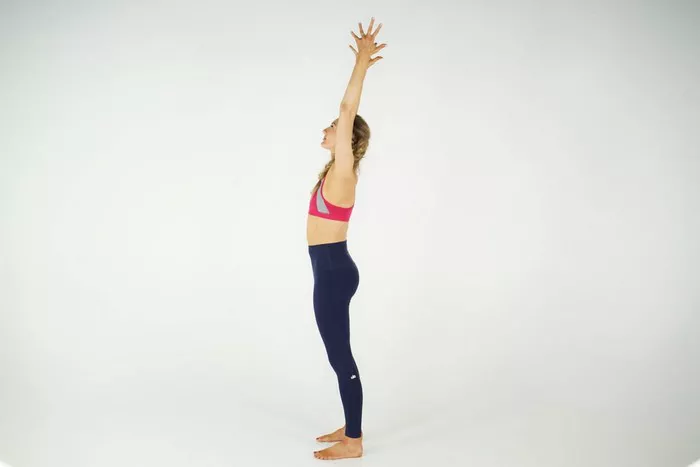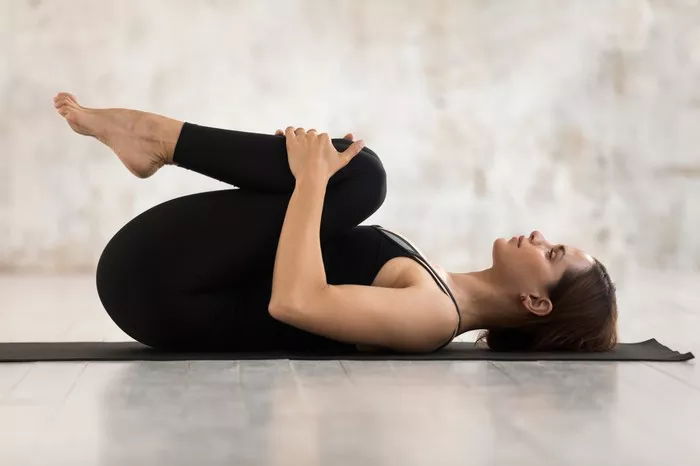Yoga, a practice with deep roots in ancient Indian philosophy, has evolved into various forms and styles over the centuries. One of the most well-known and widely practiced forms is Hatha Yoga, a style that combines physical postures, breathing exercises, and meditation. Hatha Yoga is often considered the foundation of many other modern yoga styles, and it is commonly practiced in studios and gyms around the world.
In this article, we will delve into the essence of Hatha Yoga, exploring its history, principles, benefits, and how it can improve both physical and mental well-being.
The Origins of Hatha Yoga
The term “Hatha” comes from two Sanskrit words: “Ha,” meaning sun, and “Tha,” meaning moon. These represent the dual nature of the universe, symbolizing opposing forces such as light and dark, hot and cold, or masculine and feminine. The practice of Hatha Yoga is about balancing these opposing energies within the body to achieve harmony and inner peace.
The origins of Hatha Yoga can be traced back over a thousand years to the ancient yogic texts, specifically the Hatha Yoga Pradipika written by Swami Svatmarama in the 15th century. This text, along with other ancient scriptures like the Gheranda Samhita and the Shiva Samhita, provided detailed instructions on physical postures (asanas), breathing techniques (pranayama), and purification practices (kriyas). These texts served as the foundation for modern-day Hatha Yoga and continue to guide practitioners around the world.
In contrast to the more spiritual and meditative aspects of yoga, Hatha Yoga places a stronger emphasis on physical practice and body alignment. The primary focus is to prepare the body for meditation by promoting strength, flexibility, and stability.
The Principles of Hatha Yoga
At its core, Hatha Yoga is about balance and harmony. It emphasizes bringing together the mind, body, and spirit through controlled movements, breathwork, and meditation. The main principles of Hatha Yoga include:
Asanas (Postures): These are the physical poses or exercises that make up the majority of Hatha Yoga practice. Asanas are designed to stretch and strengthen the body, improve flexibility, and promote physical health. There are hundreds of asanas, each targeting different areas of the body, and they can vary in intensity from gentle stretches to more advanced poses requiring strength and endurance.
Pranayama (Breathing Exercises): Pranayama involves controlled breathing techniques that are integrated into Hatha Yoga practice. The term “prana” means life force or energy, and “yama” means control. By regulating the breath, practitioners can increase their energy levels, reduce stress, and calm the nervous system. Various pranayama techniques are used in Hatha Yoga, such as Ujjayi (victorious breath), Nadi Shodhana (alternate nostril breathing), and Kapalabhati (skull shining breath).
Dhyana (Meditation): Meditation is an essential part of Hatha Yoga, as it helps quiet the mind and cultivate inner peace. Through meditation, practitioners can enhance their focus, reduce mental chatter, and achieve a deep state of relaxation. Many Hatha Yoga classes include meditation at the beginning or end of the session, sometimes in the form of guided meditation or silent sitting.
Relaxation: Relaxation is a key aspect of Hatha Yoga, helping to release tension and promote mental clarity. After a series of physical postures, practitioners often enter a state of deep relaxation, usually in the form of Savasana (Corpse Pose), where the body lies still and the mind is allowed to rest. This practice aids in integrating the physical, mental, and emotional benefits of the session.
Alignment and Awareness: Proper alignment is crucial in Hatha Yoga to ensure that the body moves in a way that is safe and effective. Teachers often emphasize the importance of alignment in each pose, helping students avoid injury and improve their posture. Awareness of the body, breath, and mind is also central to Hatha Yoga, as it encourages practitioners to stay present and focused throughout the practice.
What to Expect in a Hatha Yoga Class
A typical Hatha Yoga class is well-structured and begins with a period of centering and warming up the body. The teacher will guide students through a series of asanas, paying close attention to breathwork and body alignment. The postures are usually held for several breaths to allow the practitioner to deepen into the stretch and cultivate strength. The pace of the class is generally slower than more dynamic yoga styles, such as Vinyasa or Power Yoga, making Hatha Yoga accessible to people of all levels.
In a typical Hatha class, the teacher may introduce a variety of poses, such as:
- Standing poses (e.g., Warrior I, Warrior II, Triangle Pose)
- Seated poses (e.g., Sukhasana, Seated Forward Fold)
- Balance poses (e.g., Tree Pose, Eagle Pose)
- Backbends (e.g., Cobra Pose, Camel Pose)
- Hip openers (e.g., Pigeon Pose, Butterfly Pose)
- Restorative poses (e.g., Child’s Pose, Savasana)
The class may also include periods of pranayama practice, focusing on breathing techniques that help relax the body and mind. In many cases, classes will end with a final relaxation period, allowing students to absorb the benefits of their practice and experience a sense of calm.
Benefits of Hatha Yoga
Hatha Yoga offers a multitude of physical, mental, and emotional benefits. Regular practice can lead to a healthier body, greater flexibility, improved focus, and a more balanced state of mind. Some of the specific benefits include:
1. Improved Flexibility
One of the most well-known benefits of Hatha Yoga is increased flexibility. The physical postures gently stretch the muscles and connective tissues, helping to release tension and improve the range of motion. This can be especially beneficial for those who sit for long periods or experience stiffness in the body.
2. Increased Strength
Hatha Yoga poses often require the practitioner to support their own body weight, which can build strength, particularly in the core, arms, and legs. Strengthening these muscles can improve posture, support joint health, and increase overall physical stamina.
3. Stress Relief and Relaxation
The slow, deliberate pace of Hatha Yoga allows practitioners to focus on the breath, release mental distractions, and cultivate a sense of calm. The integration of breath and movement helps activate the parasympathetic nervous system, which promotes relaxation and reduces stress levels. Many people find that Hatha Yoga helps them manage anxiety, depression, and other mental health concerns.
4. Better Posture
Hatha Yoga emphasizes proper alignment, which can have a positive impact on posture. By improving strength and flexibility, practitioners can correct imbalances in the body and reduce the risk of back, neck, and shoulder pain caused by poor posture.
5. Enhanced Balance and Coordination
The various balance poses in Hatha Yoga improve stability and coordination, which can help prevent falls and injuries. Practicing balance poses also strengthens the muscles that support the joints, enhancing joint health and overall body awareness.
6. Improved Respiratory Function
Pranayama, or breath control, is a cornerstone of Hatha Yoga. By practicing various breathing techniques, individuals can improve their lung capacity, increase oxygen intake, and promote better respiratory function. Deep breathing also helps reduce blood pressure and supports cardiovascular health.
7. Mental Clarity and Focus
The meditative aspects of Hatha Yoga encourage mindfulness and mental clarity. By focusing on the present moment, practitioners learn to quiet the mind, reduce mental chatter, and develop greater concentration. This heightened focus can improve cognitive function and enhance emotional well-being.
8. Inner Peace and Spiritual Growth
Though Hatha Yoga is often practiced for its physical benefits, it also has a profound spiritual component. The practice encourages self-reflection, self-awareness, and inner peace. By cultivating mindfulness both on and off the mat, many practitioners find that their sense of well-being extends beyond the physical body to encompass mental and emotional balance.
Hatha Yoga for Beginners
Hatha Yoga is an excellent starting point for beginners because it provides a solid foundation in the fundamental principles of yoga. The gentle pace allows newcomers to ease into the practice without feeling overwhelmed, and the emphasis on alignment and breath control helps prevent injury.
For those new to yoga, here are some tips to get started with Hatha Yoga:
Start Slowly: Begin with beginner-friendly classes or online tutorials that focus on basic poses and breathwork. As you progress, you can challenge yourself with more advanced poses.
Listen to Your Body: Always practice within your own limits. If a pose feels uncomfortable or causes pain, back off and modify it to suit your body’s needs.
Be Consistent: Like any physical practice, consistency is key. Aim to practice a few times a week, gradually increasing the duration and intensity of your sessions.
Use Props: Props like blocks, straps, and blankets can be used to support your practice and make poses more accessible.
Find a Qualified Instructor: If possible, practice with a certified yoga teacher who can guide you in proper alignment, posture, and technique.
Focus on Breath: Make breath awareness a central part of your practice. Deep, controlled breathing enhances the benefits of the physical postures and calms the mind.
Conclusion
Hatha Yoga is a versatile and accessible practice that combines physical postures, breathing exercises, and meditation to achieve balance and harmony within the body and mind. It is a highly effective way to improve strength, flexibility, posture, and mental clarity while reducing stress and promoting overall well-being. Whether you are a beginner or an experienced practitioner, Hatha Yoga offers something for everyone, making it a popular choice for people seeking a holistic approach to health and wellness.
By practicing Hatha Yoga regularly, you can cultivate a deeper connection to your body, mind, and spirit, enhancing your quality of life both on and off the mat.
Related Topics:


